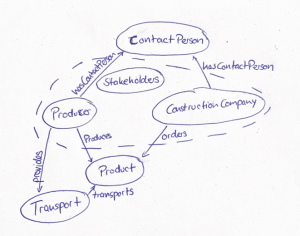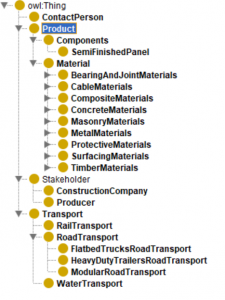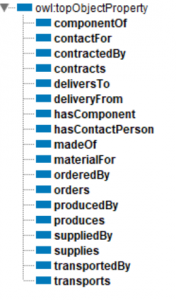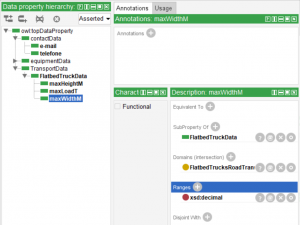Challenges in Bridge Construction Logistics
Bridge construction is distinguished by its demand for oversized materials and specialized logistics solutions. Steel girders, for example, often exceed standard transport dimensions, while modular concrete panels may require heavy-duty transport modes to handle their weight and fragility. The selection of appropriate transport methods is further complicated by factors such as accessibility, load limits, and regulatory constraints.
The transportation process must ensure the safe and efficient delivery of materials, which often involves multiple modes of transport. For instance, rail transport may be used for long-distance delivery of prefabricated sections, while modular road transport is employed for last-mile logistics. Similarly, water transport offers an efficient solution for projects near coastlines or navigable rivers, particularly when large quantities of bulk materials like concrete or aggregates are involved.
The Role of Stakeholders
The success of bridge construction projects depends heavily on the collaboration of multiple stakeholders.
Construction Companies: Responsible for overseeing project execution and coordinating logistics.
Material Producers: Suppliers of essential components or material such as steel girders, semi-finished panels, and concrete. Often Producers offer a Transport solution together with the product.
Contact Persons: Each Stakeholder has one Contact Person. The instances will be provided with email and telephone data to make sure that the Communication works.
Effective coordination among these parties is critical to ensure that materials are delivered on time and within budget. The ontology captures these relationships, formalizing processes such as material procurement, transport planning, and communication. This structured representation reduces the risks associated with miscommunication or misaligned schedules, which are common in complex projects.
System Sketch:
The conception results in following class hierarchy and object properties:
As shown in the class hierarchy, the RoadTransport class is subdivided into three subclasses. One of them is FlatbedTrucksRoadTransport.
A standard flatbed truck in germany, for example, can accommodate a maximum load of 40 t, a width of max 2.5 m and a height of 4.0 m. In order to assign these restrictions to all individuals created as a standard flatbed truck, the data properties maxHeightM, maxWidthM and maxLoadT must first be created, each of which has the domain FlatbedTrucksRoadTransport and the range xsd:decimal. The implementation can be seen here:
Now no limit values have been added yet. This can be done by adding subclass axioms. Every individual of this Subclass has to meet all three of the restrictions, i.e. an intersection of the three restrictions. In this case, the axiom must look like this:
The Product class has the existential restriction that it consists of Components or Material. There cannot be an instance of the Product class that does not consist of at least one of the two classes. This is an example for a union set.
Engineering Applications:
The ontology’s practical applications are demonstrated through three scenarios that highlight its utility in addressing logistical challenges in bridge construction projects.
Coordination of logistics: The delivery of precast elements is delayed because the capacity of the precast plant is at capacity or there are delivery problems. The ontology includes other precast plants in the vicinity that can be consulted.
Internal knowledge transfer: In the award process, experience from previous construction projects can be used. The ontology offers opportunities to record experiences with companies.
Risk management: There is an unforeseen turn on the construction site, which requires the construction management to react quickly. The ontology contains the telephone numbers and emails of important contact persons of the companies involved in the construction.
x
x
x
| Main Page | Introduction | Individual Systems | Integration Context | Combined Ontology | Combined Parametric Model |





